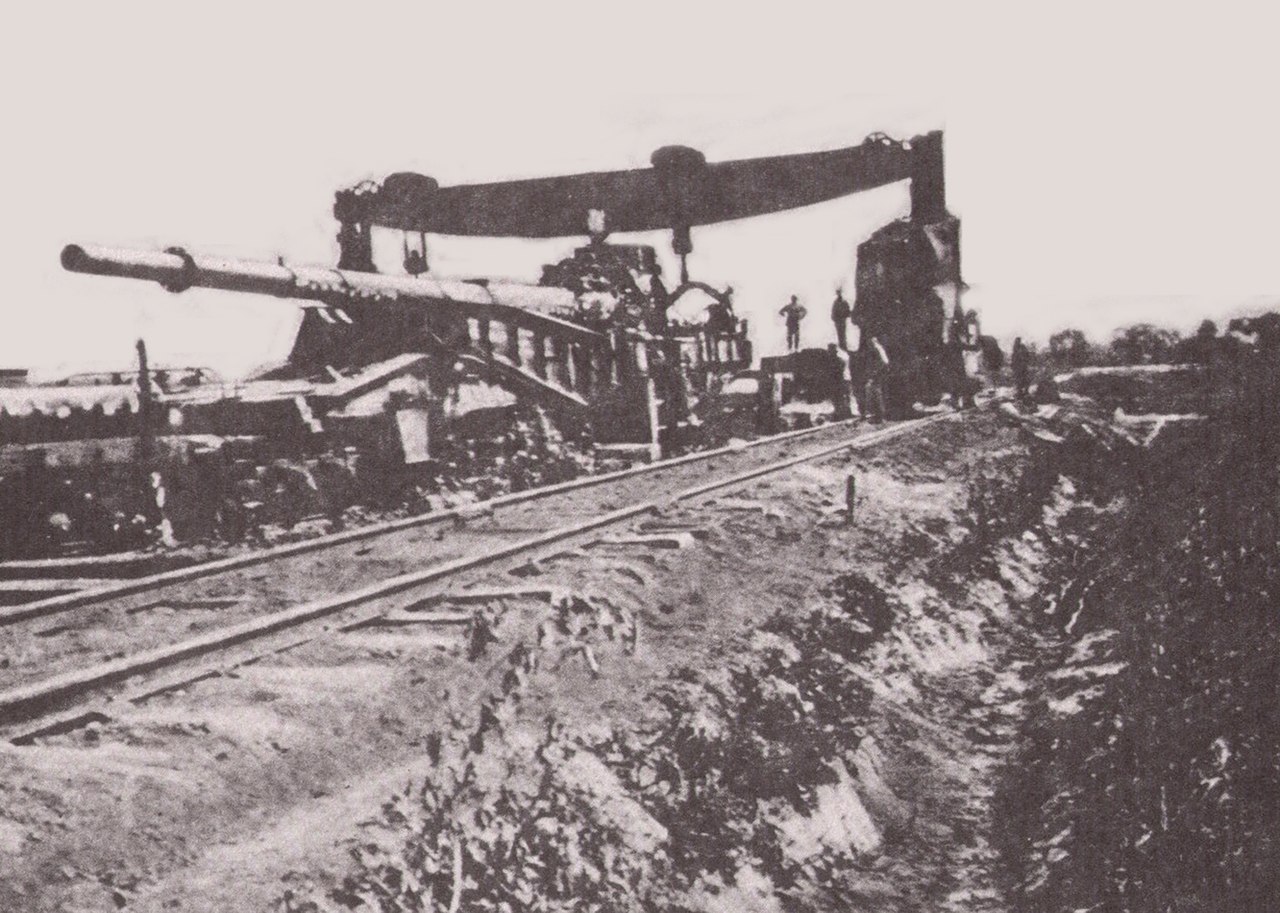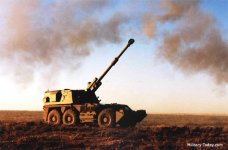GR66
Army.ca Veteran
- Reaction score
- 4,767
- Points
- 1,160
reveng said:Why would you make LRPF a PRes-only function?
Just to clarify, the 105mm and 120mm mortar are also capable of precision fires. As far as the Long Range precision fires (155mm and HIMARS) I'm simply expounding on the argument in the article above to place some possible options for platforms into a Canadian context.
The article argues that for Battle Group/Brigade size forces the shorter range, higher volume of fire and smaller logistical footprint of lighter weapons like the 105mm and 120mm mortar are the better weapon option. Heavier weapons with greater range, but lesser rate of fire and a larger logistical footprint are better suited to Brigade/Division size forces.
Since SSE only envisions Canada deploying Battle Group sized forces then it would make sense to have the weapons suited to a Battle Group sized force in the Regular Force which are the units which will fulfill these deployments. If the only time we might potentially deploy a Brigade sized force is if the proverbial manure hits the oscillating aerator, then it would make sense to have these weapons in the Reserves.
I did also suggest that a Battery or two of M777s (or HIMARS) could be Reg Force as well since there are obviously times when they might still be the best tool for a less than full-scale war scenario.





